Occupation Actress Years active 1925-1984 | Name Mona Maris Role Film actress | |
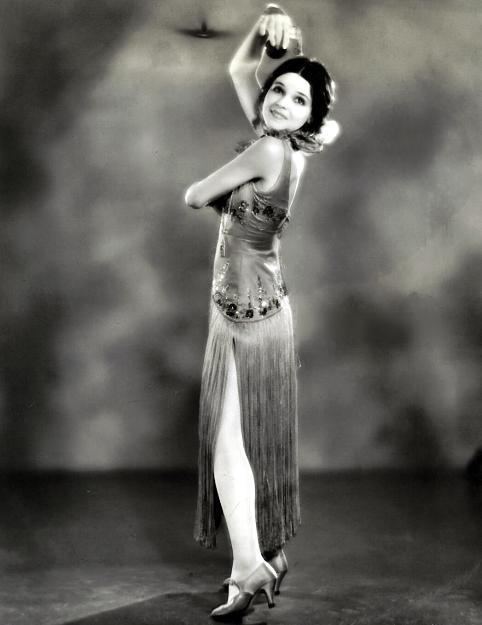 | ||
Full Name Mona Maria Emita Capdeville Born November 7, 1903 ( 1903-11-07 ) Buenos Aires, Argentina Died March 23, 1991, Buenos Aires, Argentina Spouse Herman Rick (m. 1960–1969), Clarence Brown Movies The Falcon in Mexico, A Devil with Women, Flight from Destiny, Underground, Pacific Rendezvous Similar People Clarence Brown, Kaaren Verne, Irving Cummings, Vincent Sherman, Richard Eichberg | ||
Pelicula cuesta abajo 1934 film de carlos gardel con mona maris
Mona Maris (November 7, 1903 – March 23, 1991) was an Argentine film actress who was born in Buenos Aires.
Contents
- Pelicula cuesta abajo 1934 film de carlos gardel con mona maris
- Mona maris
- Ancestry and education
- Films
- Personal life
- Filmography
- References
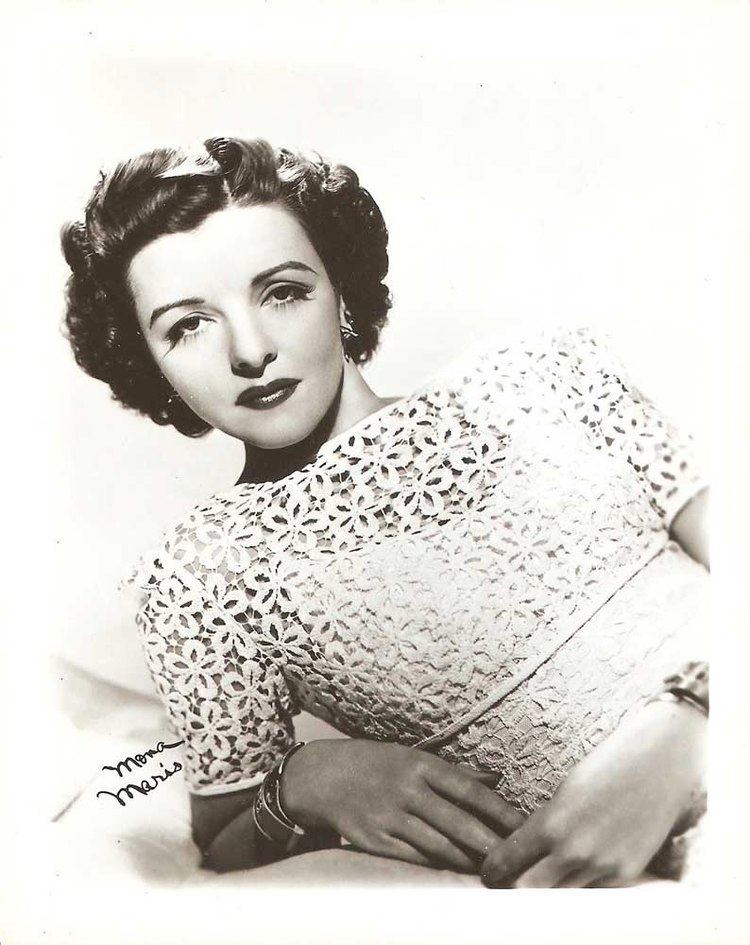
Mona maris
Ancestry and education
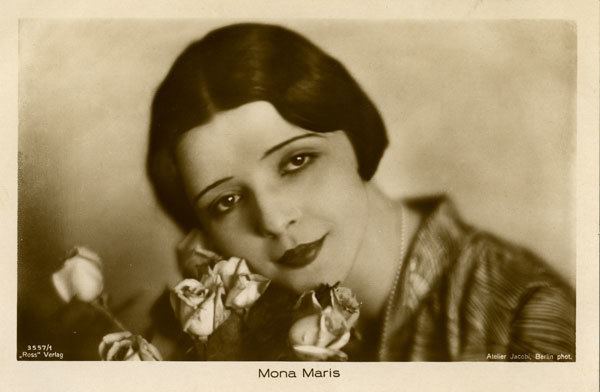
Mona Maris was born Mona Maria Emita Capdeville. Some sources spell her last name as Cap de Vielle, while the reference book Hollywood and the Foreign Touch: A Dictionary of Foreign Filmmakers and Their Films from America, 1910–1995 gives her name as Maria Rose Amita Capdevielle. Her mother was a Spanish Basque and her father a French Catalan.
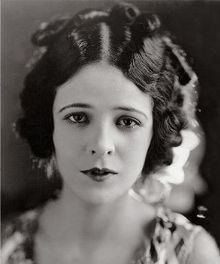
Orphaned when she was four years old, Maris lived with her grandmother in France and was educated in a convent in France, in England, and in Germany. By the age of 19 she spoke four languages — French, German, English and Spanish.
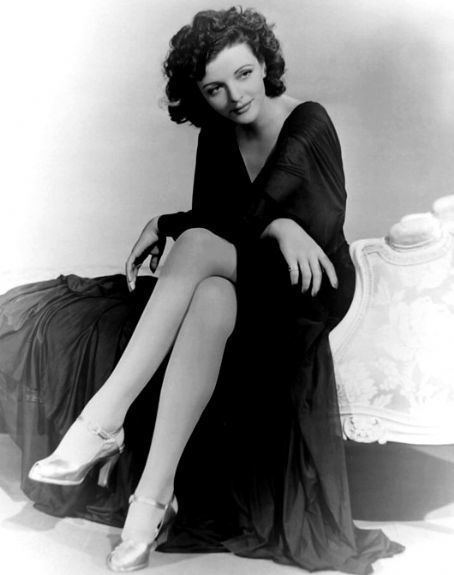
In the April 1930 issue of Picture Play magazine, William H. McKegg wrote that Maris "has assimilated much from each country [in which she has lived]—cynical frankness of the French, the simplicity of the Germans—the romanticism of the Italians, and the independence of the English."
Films
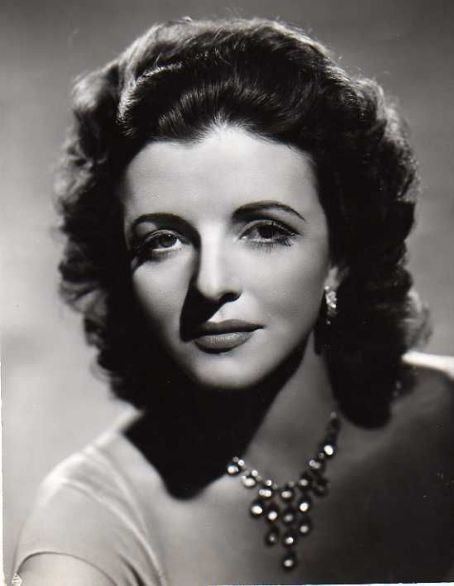
Maris' ambition to become an actress originated during World War I, when she was a pupil in Luders, France. Together with her classmates she wrote, directed, and presented short plays to entertain soldiers billeted near the school. After graduation Maris begged to go to England and her mother finally relented. In England she found a woman was given much more freedom than in either Spain or South America. She traveled to England under the indirect chaperonage of an Argentine family.
Her stay was intended to last only six months, but was extended another two years. The Argentine ambassador in Berlin received a letter which led to Maris being introduced to the President of the United Film Association. Soon she journeyed to Germany, where she participated in Universum Film AG productions. She was given a screen test during which the camera was not loaded with film. A prominent director noticed Maris and offered her a five-year contract. She counseled with her grandmother, who reluctantly allowed her to accept.
Maris' screen debut was in the German film Los Esclavos del Volga, directed by Richard Eichberg. (The book Hollywood—Se Habla Español says, "Maris' film career began with the 1925 silent movie The Apache", while a 1985 Associated Press newspaper article said, "She first appeared in the British-made movie, The Little People in 1924.") Jorge Finkielman wrote about her performance in his book, The Film Industry in Argentina: An Illustrated Cultural History: "Her portrayal of the character Tatiana showed that she was an actress who could be expected to turn out noteworthy performances."
Joseph Schenck, president of United Artists, granted her the prospect of a Hollywood career. At the time she had completed just four films in Germany. Her Hollywood film career began with the 1925 movie The Apache.
It was her inability to speak fluent English which interrupted, and nearly ended Maris' film career. Spanish, French, and German came easily for her, but in the early years of talkies, her English was almost unintelligible. From 1931 until 1941 she starred in 19 Spanish-language versions of successful American pictures, which were produced by the Fox Film Company. Maris also appeared in seven English dialogue motion pictures for three studios. While in Hollywood, she worked with Buster Keaton, Gilbert Roland, Humphrey Bogart, Mary Pickford, Leslie Howard, Cary Grant, Bela Lugosi and Victor Mature to name a few.
In 1985, Maris described her image as an actress. "They used to hiss whenever I was on screen," she said. "I was always playing the heavy. Here (in Argentina) when they need a heavy, they get an English girl. There (in the United States), when they needed a heavy, it was the Spanish girl."
Maris remained active at age 81, in the role of "a disturbed, broken-hearted grandmother" in the film Camila (1984), which was described as "the most successful Argentine film in decades."
Personal life
She was married twice. Her first marriage took place while she was working in Europe and was terminated before she travelled to the United States, and her second marriage was to Clarence Brown.
Mona Maris died of lung disease in Buenos Aires on March 23, 1991.
